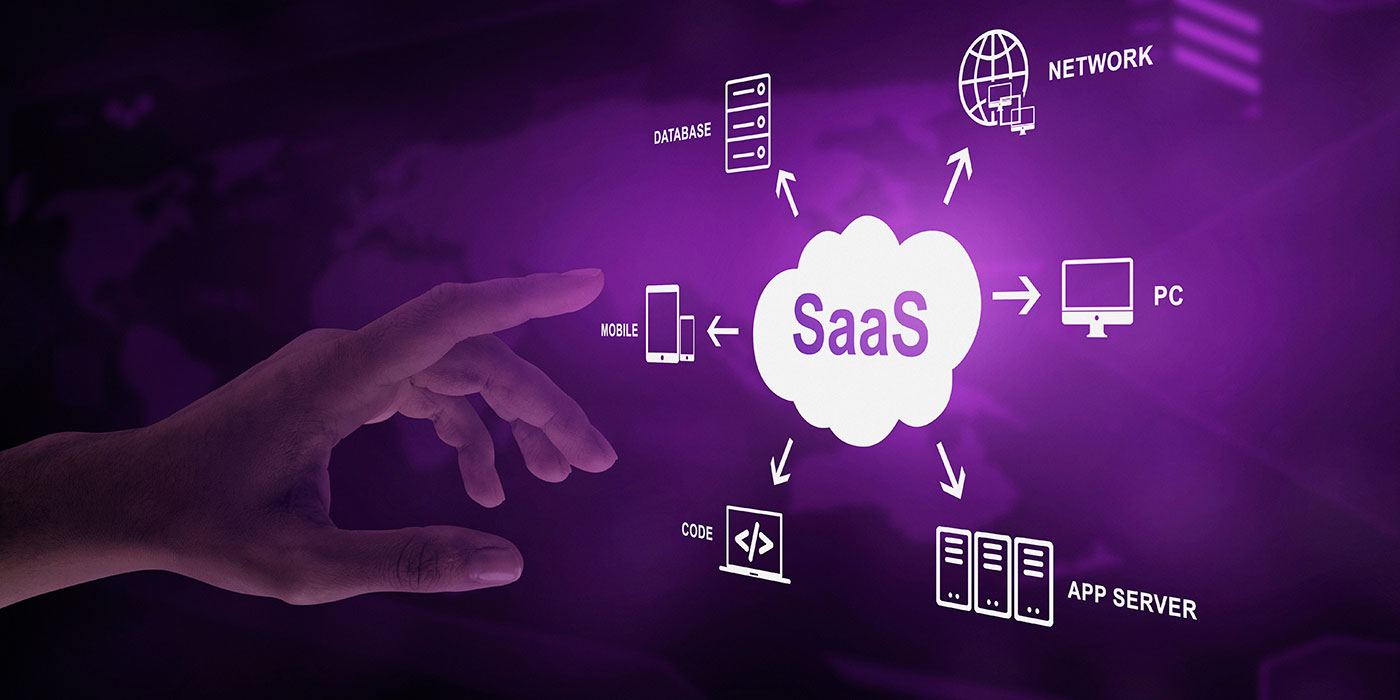
What are Software Cache Methods?
Software Cache methods are systems where data is temporarily stored for faster access. Software Cache methods can be divided into two main categories: In-Memory Caching and Distributed Caching.
In-Memory Caching is the process of keeping application-related data in the RAM memory of the server where the application is running. This method is used to increase the performance of the application and reduce the database load. The advantage of In-Memory Caching is that data can be accessed very quickly. The disadvantage is that data inconsistency may occur if the application runs on more than one server. The Sticky Session feature can be used via Load Balancer to solve this problem.
Distributed Caching is the process of keeping application-related data on a separate server or server cluster. This method is used to ensure scalability and high availability of the application. The advantage of Distributed Caching is that it can maintain data consistency if the application runs on more than one server. The disadvantage is that the access time to data is longer than In-Memory Caching.
Common features of cache methods include Cache Lifetime and Cache Strategy. Cache Lifetime determines how long the data kept in the cache will be valid. Cache Strategy determines when and how the data kept in the cache will be updated. Cache Lifetime and Cache Strategy can be set in different ways according to the needs of the application.
